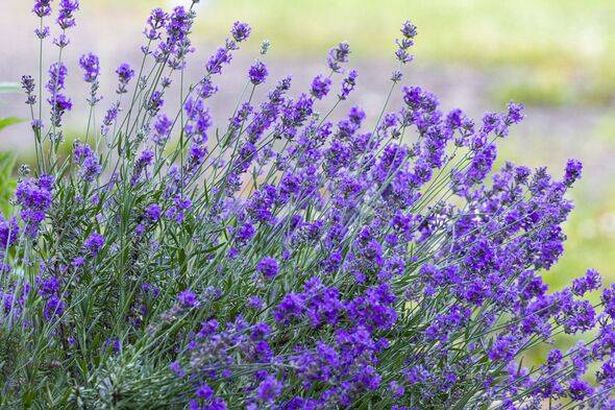Lavender is a popular choice for gardeners, but it’s important to prune it correctly to ensure it continues to thrive Cutting back lavender in early autumn is essential to stop the plant becoming overgrown(Image: Oleg Breslavtsev via Getty Images)
Cutting back lavender in early autumn is essential to stop the plant becoming overgrown(Image: Oleg Breslavtsev via Getty Images)
Lavender remains a garden staple thanks to its beautiful blooms and calming scent, and it’s surprisingly easy to care for as long as you prune it at the right time. Cutting back lavender in early autumn is essential to stop the plant becoming overgrown whilst helping it channel energy away from fading flowers towards creating stunning displays next year.
Alexandra Campbell, gardening expert and founder of The Middlesized Garden, insisted that the “absolutely best way” to prune lavender involves cutting it back hard to achieve stronger flowering. She said, “I used to prune my lavender rather warily. I was too frightened I’d kill it.
“But when I followed this advice, from 2010 to 2014, my lavender sprawled. It became leggy and never looked as good as my neighbour’s lavender.
“But there are always different views and different ways of doing things. I now cut my English lavender back hard. And it comes back looking good year after year,” reports the Express.
 According to Alexandra, plenty of myths exist around correct lavender pruning methods(Image: Getty)
According to Alexandra, plenty of myths exist around correct lavender pruning methods(Image: Getty)
How to prune lavender
According to Alexandra, plenty of myths exist around correct lavender pruning methods, which she cautioned can lead to plants becoming “leggy and woody”.
She said: “When you read instructions on how to prune English lavender, you’ll always see: ‘never cut lavender back to the wood’.
“That’s because lavender doesn’t regenerate from old wood. Sometimes you’ll be told to leave about one-third of the new green growth. Or ‘trim lightly’.”
English lavender should ideally be cut back to roughly nine inches in height, retaining only a handful of green shoots on the woody stems.
Alexandria explained: “This exposes tiny buds to the sunlight so they can spring up, almost from the base of the plant. And although the plants looked quite brown, they plumped up with new foliage in a few months. They made elegant grey mounds for the winter garden.
“If you prune English lavender back hard, you create these neat sculptural mounds in winter. It adds to the winter structure.”
Alexandria revealed that her lavender, now 15 years old, has “flowered beautifully” and maintains a “brilliant blue” colour, thanks to her confidence in pruning it back severely.
It’s essential to use sharp, clean secateurs and only prune once the lavender blooms have faded and turned grey.
The optimal time to prune lavender is when there are no pollinators, such as bees or butterflies, hovering around the stalks.
According to Alexandria, it’s perfectly acceptable to cut into the lavender wood, but avoid cutting into the buds as this could stop the plant from growing back.
She said: “Look closely at your plant. You will see tiny blue-grey shoots. They are just little dots, often almost at the bottom of the stem. You do need to cut just above those tiny shoots, because if you cut the lavender down below them, it won’t regenerate. It will probably die.
“So take a good thick bunch of lavender in one hand. Chop down to just above where you see those tiny little lavender shoots in the brown wood.”


Comments are closed.